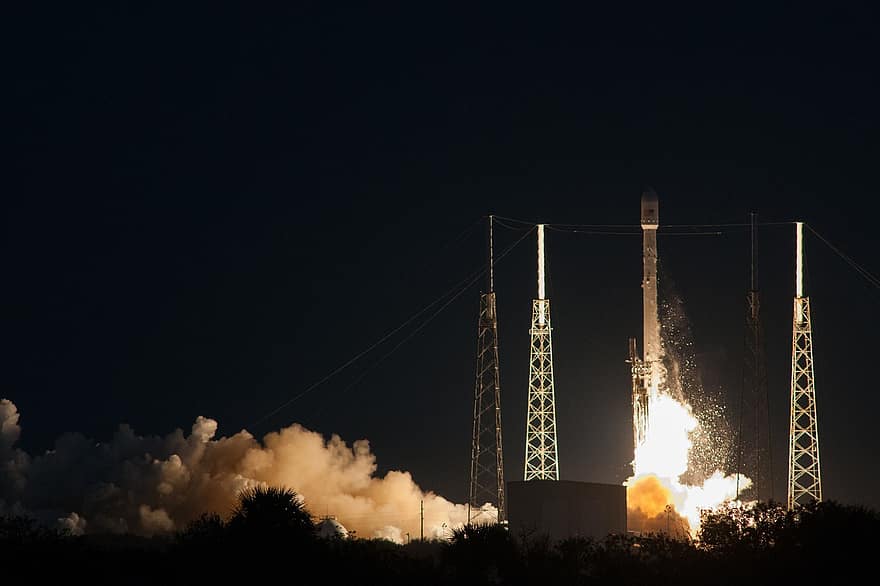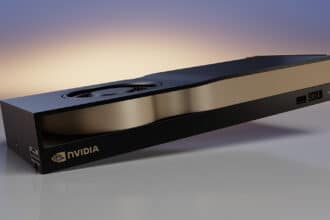China´s space program remains to be shrouded in mystery, as very few details are made public knowledge. However, if one thing is clear, its that China´s space program has come a long way in a short space of time.
On 4th September, observers claimed China had launched a spacecraft that was mounted on a Long March-2F Rocket. The spacecraft was launched from the Jiuquan Satellite launch centre, and spent 2 days in orbit, before returning successfully to Earth. It also marked the first Long March-2F launch, since the crewed Shenzhou-11 mission in 2016, with the next launch due to be the Shenzhou-12 to the core module of the Chinese Space Station in 2021.
There´s no secrecy in regards to the success of the mission, with state run news agency Xinhua News claiming “the successful flight marked the country´s important breakthrough in reusable spacecraft research, and is expected to offer convienient and low-cost round-trip transport for the peaceful use of space”.
State news, and other Chinese authorities have maintained full reticence in revealing any further details as to the technology used, and the primary purpose of the expedition. Even launch and landing times remained undisclosed, with no visuals of the craft to be found. The lack of visuals can be traced back to a memo reportedly given to staff and visitors, which asked them not to film, or discuss the launch online.
Reports also claim the craft released an unknown object into space before its final descent.
A military source told South China Morning Post “There are many firsts in this launch. The spacecraft is new, the launch method is also different. That’s why we need to make sure there is extra security.”
China is rapidly developing its own technologies, investing heavily in homegrown research and development. Back in June 2020, China also began high temperature testing the C919 Large Passenger aircraft, in the Xinjiang Uygur autonomous region. The new FC-31 Gyrfalcon is also believed to be in advanced testing stages, which is a new fighter jet capable of matching the USA´s F-35 jets. The China Aerospace Science and Industry Corp. (CASIC), which is another state-owned venture, is known to be working on its own type of spaceplane, called Tengyun.
With China´s new space technologies, they have established themselves as serious competitors to the U.S and Russia. With funding falling in the U.S over recent years, China will no doubt try and seize the opportunity in becoming the worlds largest tech and space powerhouse.





